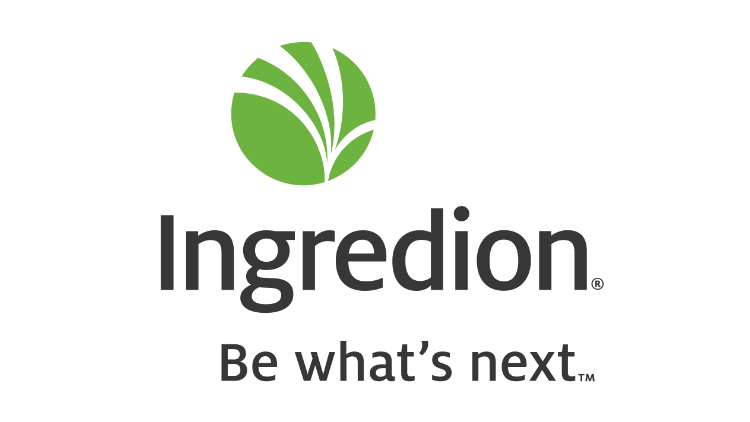Promotional Features
The business of clean label
By Constantin Drapatz, Senior Marketing Manager, Clean and Simple Food Ingredients, EMEA.
Clean label is an established trend which continues to guide new food and beverage development and reformulation. The market is estimated to be worth over $50bn (€44.8 bn) globally by 2024 , as manufacturers meet continuing consumer demand for delicious, foods and drinks containing simple, recognisable ingredients.
Food labels are more important than ever to today’s health-conscious and ingredient-savvy shoppers, but now the emphasis has shifted from what has been removed, to what is being added to products. Consumers find it increasingly important to recognise the ingredients used in their food and drinks. This shift in attitude may seem subtle, but it is important and is something that manufacturers need to consider. Insights from Ingredion’s seventh wave of global clean label consumer research around food and beverages revealed that ingredients lists (76%) and ‘no additives’ (71%) were the top two drivers of purchase globally . Alongside this, ‘country of origin’ is becoming more important as interest in production methods and source of food continues to rise.
Consumers are demanding greater transparency from the food industry because they want to understand what goes into food and how it is made. Their motivations for doing this vary from concerns over ingredient origin and the use of additives to environmental impact and production methods. In addition, with the rise of mobile technology, they are now able to use ‘webrooming ’, i.e. validating information online on-the-spot, to scrutinise labels and the validity of claims more easily than ever.
Achieving success in clean label formulation
A successful clean label product must look and taste great and should be formulated with minimal ingredients that are all recognisable. Achieving this is a fine balancing act, however; if ingredients such as sugar or fat are removed for example, this must not compromise the product’s texture or visual appeal. An experienced ingredient solutions partner is required to truly understand the functionality and commercial aspects of the ingredients used during reformulation and new product development.
Innovation in clean label functionality
Alongside increasing demand for clean label products, consumers are changing the types of food they want and how and when they choose to eat them. Examples include snacks and desserts, which were traditionally seen as outside clean label application. Time-poor consumers are turning to more convenience-style foods that also meet other growing trends such as veganism or gluten-free, but aren’t prepared to compromise on taste or texture. Demand for clean and simple labels is growing across a broader range of applications and production processes than ever before. A key factor in achieving this is continuous innovation in the performance and functionality of specialty clean label ingredients.
In the area of functional native starches and functional flours, new ingredients have been developed to enable food producers to expand their clean label ranges into new application areas. Such ingredients open opportunities by offering the same range of functionality, such as process tolerance and texture stability, as modified starches and traditional flours, but with a consumer-preferred label of simply ‘flour’ or ‘starch’. Applications with more demanding production processes, such as the high-temperature and high-brix conditions of fruit preparation or wet applications, can also now benefit from a clean label solution.
Delivering value to food and beverage manufacturers, as well as meeting consumer trends, clean label ingredients can deliver extended shelf life and improved product inventory and freeze/thaw stability while maintaining texture and overall appeal.
From a prolonged good weather spell that increases ice cream sales to a cold spell in summer months that leads to a spike in demand for soups and reheatable goods, manufacturers can deliver the eating experience consumers have come to expect, with the label claims they desire.
For example, using clean label functional native starches to improve the texture stability of a cheesecake enabled one manufacturer to increase the number of units in storage, with no impact on the product’s appearance, resulting in a sales increase during high season.
Conclusion
With 82% of consumers seeking labels with familiar ingredients and 81% looking for shorter ingredients lists , it’s clear that the demand for clean and simple food and beverages is thriving. For manufacturers, this presents opportunities to reformulate or develop new lines using recognisable kitchen cupboard ingredients that consumers seek, with the added potential to boost production and storage efficiency. As consumers become more label-savvy, manufacturers that choose to proactively build trust by being as transparent as possible could benefit on the bottom line.
References
[1] CLEAN LABEL INGREDIENT MARKET - GROWTH, TRENDS, AND FORECAST (2019 - 2024). Mordor Intelligence.
[2] ATLAS: Ingredion proprietary Clean Label Insights Program; February 2019
[3] ‘Webrooming’ widespread in consumer food purchasing decisions, finds latest Ingredion research, Ingredion. 04/06/2018. Source: https://emea.ingredion.com/MeetIngredion/News/_webrooming_-widespread-in-consumer-food-purchasing-decisions--f.html
[4] Ingredion 2019 Global Consumer Insights Program; February 2019

